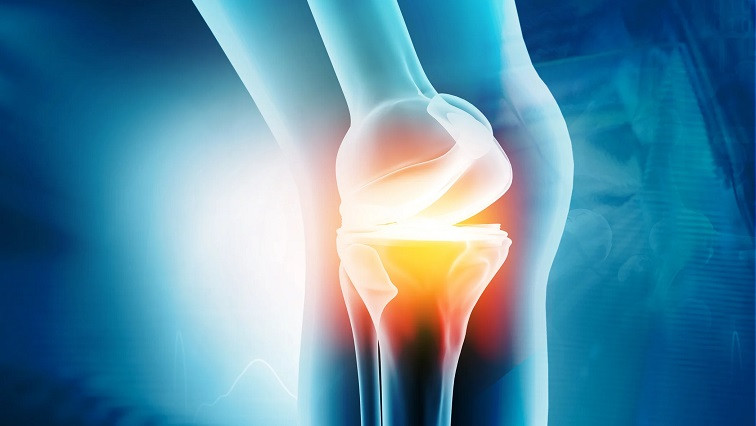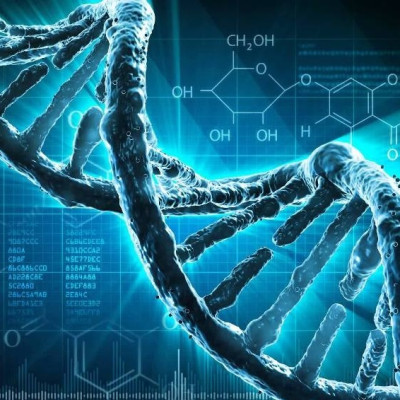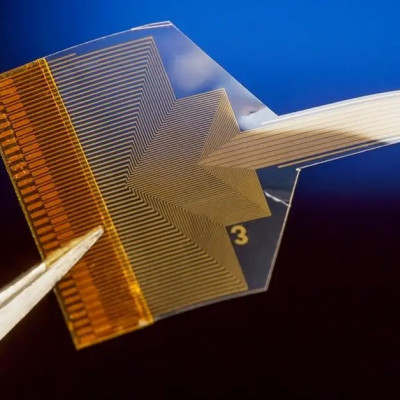In this work, the researchers aimed to develop new techniques and materials that can hopefully lead to new treatments for osteoarthritis through tissue engineering. Osteoarthritis is driven by the irreversible degradation of hyaline cartilage in the joints which eventually leads to pain and disability with complete joint replacement being the standard clinical treatment. Using custom designed and 3D printed bioreactors with electrical feedthroughs, they delivered brief daily electrical impulses to cells being cultured on 3D graphene foam.
The researchers discovered that applying direct electrical stimulation to ATDC5 cells adhered to the 3D graphene foam bioscaffolds significantly strengthens their mechanical properties and improves cell growth - key metrics for achieving lab grown cartilage. ATDC5 cells are a murine chondrogenic progenitor cell line well studied as a model for cartilage tissue engineering. Additionally, their specialized setup allowed full submersion of the 3D graphene foam scaffold, enhancing cell attachment and integration within its porous structure - highlighting a promising approach for improving engineered tissues using electrical stimulus through conductive biomaterials.
"One of the biggest challenges in applying direct electrical stimulation to stem cells is achieving repeatable delivery while monitoring the electrical environment and mapping that back to specific cellular responses," said Mone't Sawyer, lead author of the study. "Our system introduces a modular and scalable platform that enables high-throughput, scaffold-coupled electrical stimulation with precise control—opening new possibilities for understanding how electrical cues influence tissue formation."
"Mone't's work is providing new fundamental insights into the role of materials and electrical stimuli in communicating with stem cells," said Prof. David Estrada of the Micron School of Materials Science and Engineering. "I believe this work is setting the stage for greater understanding of the human electrobiome, that is, the role of electric charge and transport across different length scales and ultimately in cell fate to tissue function."
These recent findings highlight the potential of a direct scaffold-coupled electrical stimulus to modulate the mechanical properties of engineered tissues and offer insights into the emergent behavior of cells within conductive 3D bioscaffolds.
Read the original article on Graphene-Info.







